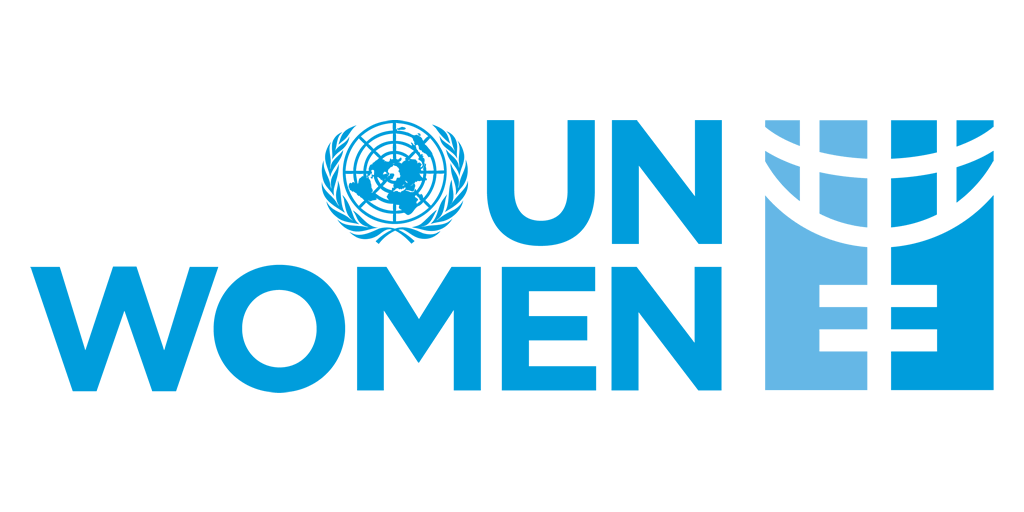Originally published on UN Women’s regional website for Europe and Central Asia
As of 25 March, according to OCHA, more than 10 million people had been forcibly displaced by the war in Ukraine, with more than 3.7 million fleeing to neighbouring countries – 90 per cent of whom are women and children. To gage the differential impacts of the war and the specific needs of vulnerable groups, UN Women and CARE International produced a Rapid Gender Analysis (RGA) and drew out recommendations on how to improve humanitarian responses. Conducted between 14 and 22 March 2022, the analysis is based on secondary data resources, both before and after the recent invasion.
Rapid gender analysis in Ukraine reveals different impacts and needs of women and men
The RGA signals a deepening of pre-existing inequalities, where older women and single mothers comprise the majority of Ukraine’s poor. Women’s employment in Ukraine was already low (51 per cent, compared to 62 per cent for men in 2020, according to national statistics), but the RGA predicts the war will increase unemployment and further push women into unprotected informal sectors of the economy. According to Ukraine’s 2020 National Action Plan for the Implementation of UN Security Council Resolution 1325, only 43 per cent of internally displaced women had found employment, as opposed to 58 per cent of men.
Migration and refugee flows are also largely gendered, with men aged 18–60 unable to leave Ukraine, women facing many challenges at the borders, and some minority groups unable to leave. Regional feminist collectives have mobilized to provide legal advice and assistance for the evacuation of queer and transgender people from Ukraine, whose IDs and passports do not reflect their real gender.
Vulnerable groups are being left behind and disproportionately affected by the diverse challenges women and men face in accessing services and resources, such as safe and accessible shelters, with a high risk of abandonment and family separation for people with disabilities in particular. Amid severe shortages of food, water and energy supplies, female-headed households – already more food insecure than male-headed households (23 versus 13 per cent) – face higher risks.
Barriers to accessing cash and social support disproportionately impact pension- and social-support-dependant populations, and UN Women’s RGA of the COVID-19 pandemic in Ukraine revealed that women constitute two-thirds of those living in need of state benefits and social support. Moreover, disruptions to health services, including access to sexual and reproductive health, are affecting at least 265,000 pregnant Ukrainian women.
Disruptions to education are impacting 5.7 million children, and mothers in particular, who tend to take on the main responsibility for homeschooling their children. Roma women and girls also face particular challenges in accessing education, which is often not encouraged. The lack of civil status documentation, which particularly affects the Roma (56 per cent of internally displaced interviewed by the Roma Women Fund “Chirikli” in 2017 were not registered), is also limiting access to humanitarian assistance.
There are emerging protection concerns for women activists, civil society actors and journalists who face increased safety risks, including abductions and persecution. A 2019 OSCE study found that 75 per cent of Ukrainian women had experienced gender-based violence (GBV), with one in three experiencing physical or sexual violence. According to a UN Women study in 2020, 82 per cent of surveyed women noted that the military conflict in Ukraine worsened the sexual harassment situation and other forms of sexual violence against women and girls in public spaces. The RGA also raises safety concerns related to survival or transactional sex and sex trafficking, citing reports of criminal gangs exploiting displaced Ukrainian women and unaccompanied minors. Another UN Women report in 2020 found that previous Humanitarian Response Plans only mobilized a fraction (12.9 per cent) of the USD 3.2 million needed for GBV prevention.
The RGA also notes an increased need for mental health and psychosocial support, citing a 2019 study that found that displacement affected the mental health of Ukrainian women more than men. The conflict-affected population also urgently needs mental health and psychosocial support services, some of which are provided by women’s rights organizations or volunteer initiatives.
Meanwhile, civil society organizations (CSOs) face a variety of operational challenges, including a lack of funds, supplies and an inability to move within communities. This ultimately impacts the delivery of lifesaving goods and services to the most vulnerable. Acquiring funds is a key need revealed by a UN Women rapid assessment of the impact of the war on 67 women’s rights CSOs in March 2022. At the same time, despite their crucial roles amid the crisis, women and women’s rights groups are largely absent in decision-making at local and national level, as well as in the negotiations between Russia and Ukraine.
The RGA includes recommendations to donors and humanitarian actors to ensure:
- that data, evidence and women’s voices inform gender-responsive and intersectional humanitarian responses and are reflected in budgeting, programming and service-delivery;
- the meaningful participation of women, including those from marginalized groups, in all decision-making processes;
- the protection, evacuation, support and access to information and services for populations with limited mobility, civil society activists, women human rights defenders and LGBTQIA+ people;
- that internally displaced women, refugees and humanitarian assistance actors are aware of the risks of trafficking and are taking effective prevention and protection measures;
- the continuity of GBV response services, map, and share updated referral pathways within communities;
